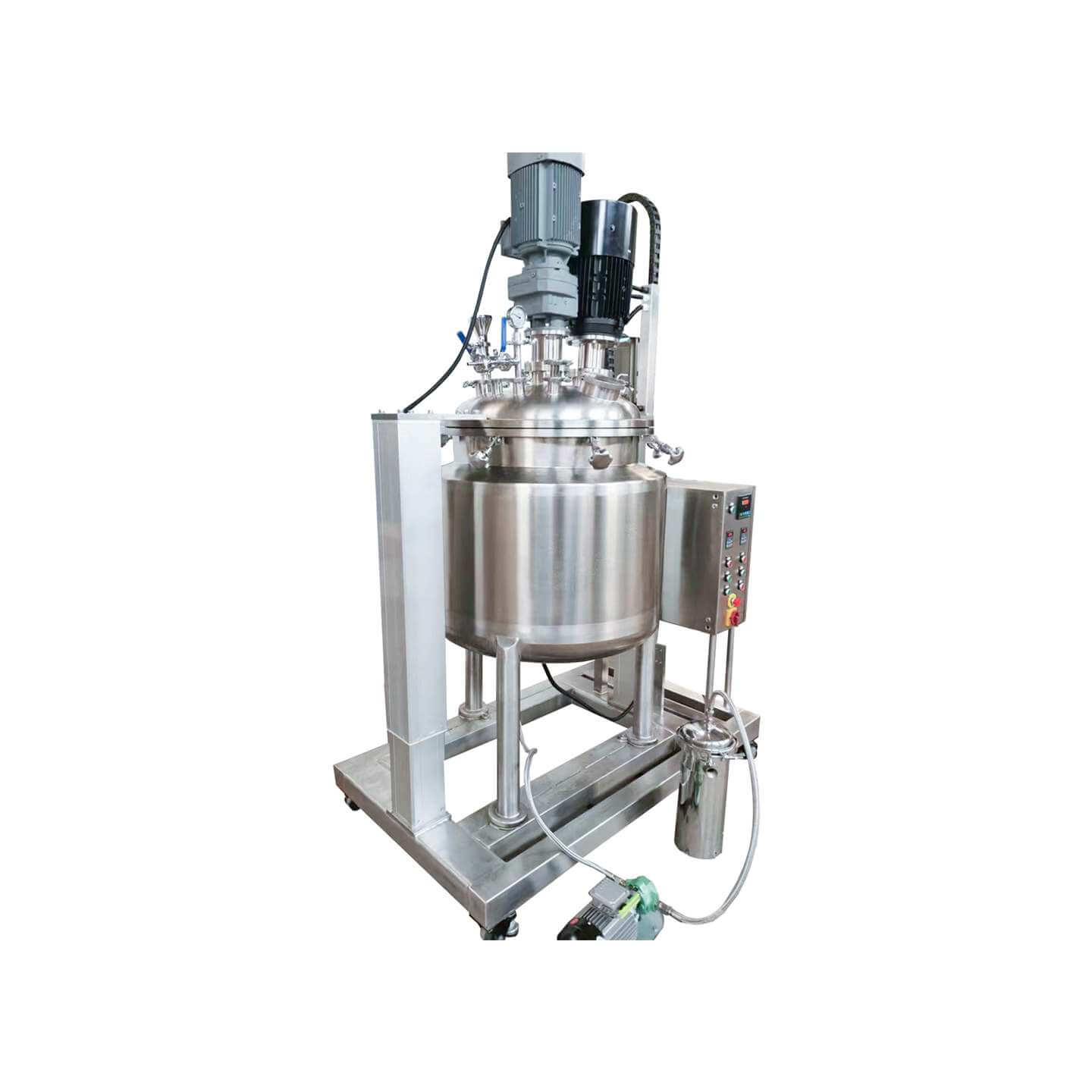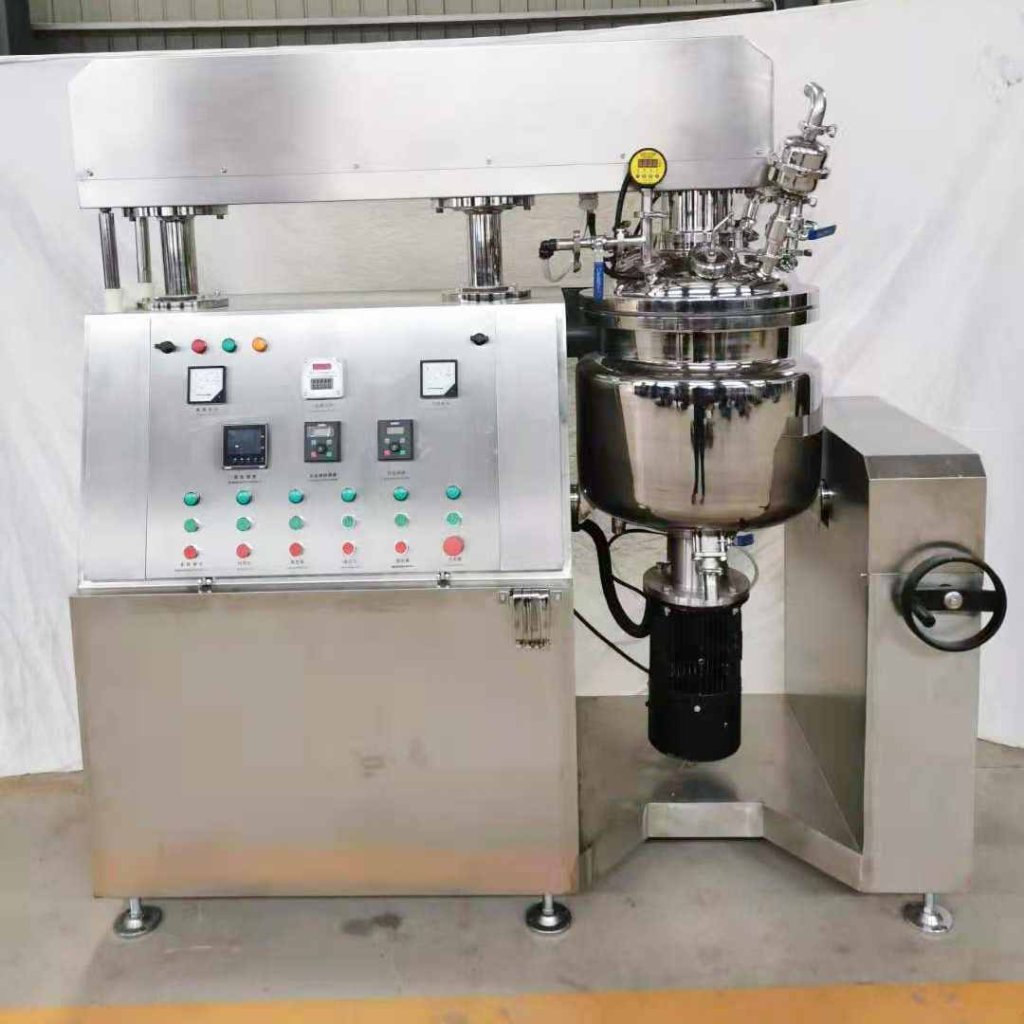

Laboratory Reactor
Laboratory reactor: used in the chemical industry, pesticide, paint, and other fields
Material
glass, stainless steel (316, 304), carbon steel, others
Capacity (L)
10-10000+
Mixing system
anchor, paddle, frame and others
Heating system
electric heating, oil heating and others
The laboratory reactor is small in size, beautiful in appearance, light, and fast in installation. It is composed of a pot body, pot cover, stirrer, jacket, support and transmission device, shaft sealing device, etc. The type of stirring device, rotation speed, sealing structure, heating method, etc. are produced.
Request a quoteA lab reactor is a chemical reactor that provides a reaction environment for the synthesis of chemical substances under certain temperature and pressure conditions. It is widely used in scientific research experiments in the fields of new materials, energy, environmental engineering, and other fields. It is a commonly used small reactor for university teaching and scientific research units to conduct scientific research. In the daily use and management of lab reactors, failure to follow operating procedures may cause explosions of lab reactors, explosion of reaction products, release of toxic substances, etc., leading to serious accidents such as casualties and equipment failures.

Factors affecting the cost of lab reactors
There are two types of seals used in lab reactors, commonly known as shaft seals: the first is a packing seal, and the second is a mechanical seal. Mechanical seals are divided into single-machine seals (ie, single-end mechanical seals) and double-machine seals (ie, double-end mechanical seals). The complete set of single machine seals also includes a water jacket, while the double machine seal is more complicated. In addition to the water jacket (must have circulating cooling water), it also includes supporting brackets, balance tanks, etc. Packing seals are the cheapest but are only suitable for the most common usage conditions and materials. Stand-alone seals are affordable and can be used universally under most conditions of use. Double machine seal is the most expensive but must be used under harsh working conditions. Therefore, choosing different sealing methods will affect the lab reactor cost.
The lab reactor uses a single-layer reactor wall to replace the traditional jacketed reactor wall so that the reaction vessel does not bear or only bears a small external pressure. Therefore, it gets rid of the limitations of traditional external pressure vessels such as excessive thickness of the kettle wall and poor heat transfer caused by the increase in volume. Lab reactors have the characteristics of large production capacity, good heat transfer effect, and easy maintenance. When applied in production practice, it can reduce the number of equipment, save factory investment, reduce operators, and reduce lab reactor costs.
The main components of the lab reactor kettle are composed of a kettle lid, kettle body, strong magnetic coupling stirrer, high temperature and high-pressure needle valve, pressure instrument, lower stirring part, internal cooling coil, temperature measurement part, liquid pipe, and other systems. The materials used are 0Cr18Ni9 (304), 0Cr18Ni10Ti (321), 00Cr17Ni14Mo2 (316L), titanium, Hastelloy, Monel, nickel, zirconium, tantalum, 904L, silver, PTFE, etc. It can also be built-in: titanium, Hastelloy, Monel, nickel, zirconium, tantalum, silver, PTFE, and other inner tanks, which can be sprayed with a high-temperature resistant PTFE layer. The price of each material is different, and the appropriate material is selected according to the needs, so the lab reactor cost is also different.
A lab reactor is a commonly used reaction instrument in chemical and chemical engineering experiments. It is a comprehensive reaction vessel that can strictly control important parameters such as temperature, pressure, mechanical control, and reactant/product concentration during the reaction process. A lab reactor is a commonly used small reaction vessel in the laboratory. It can be used for small-dose synthesis reactions. It can also be used in a closed environment with strong acids or alkalis and high temperature and pressure in the tank to achieve the purpose of quickly digesting insoluble substances. Therefore, when selecting, you should not just control the lab reactor cost, but choose the appropriate lab reactor according to the experimental needs.




